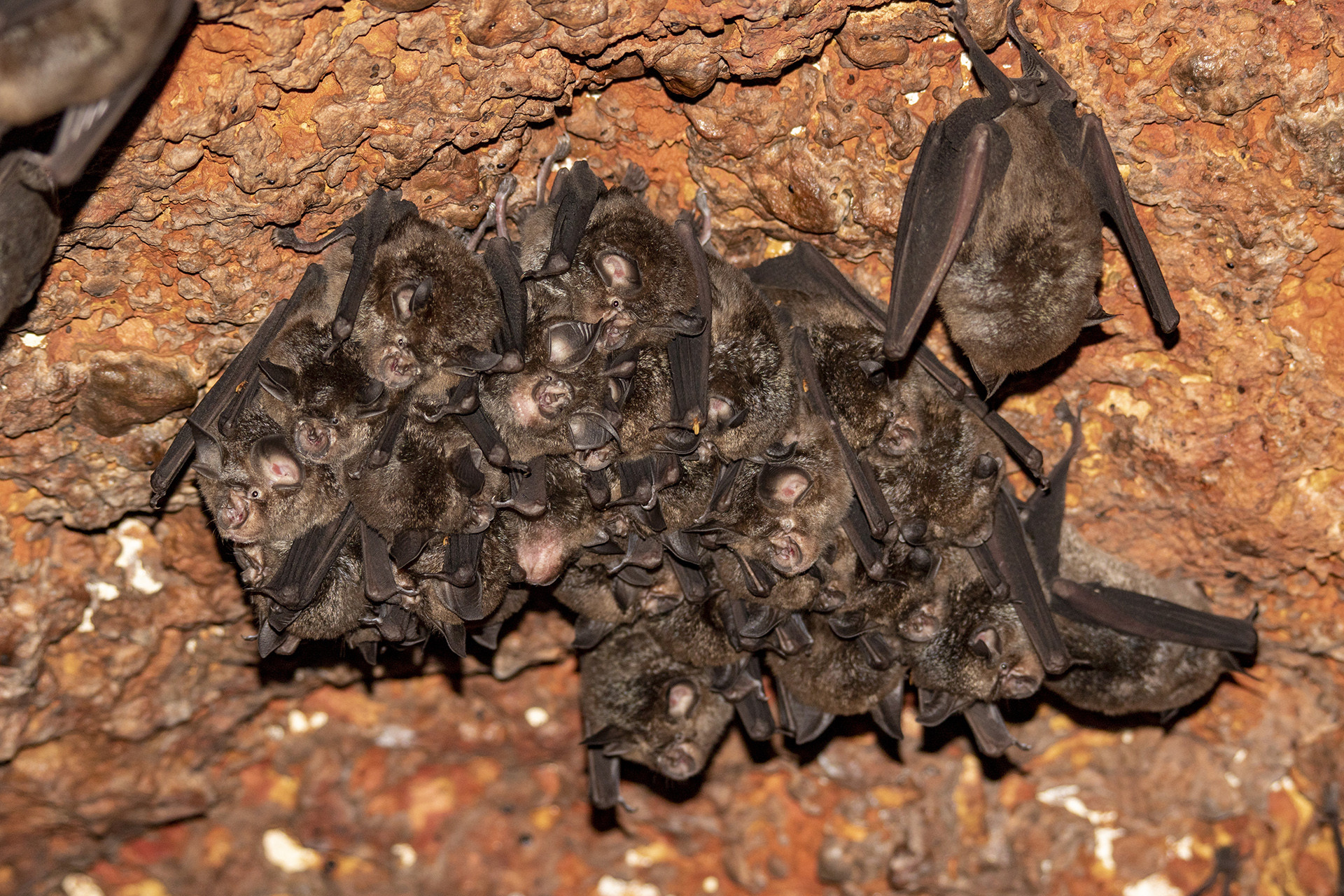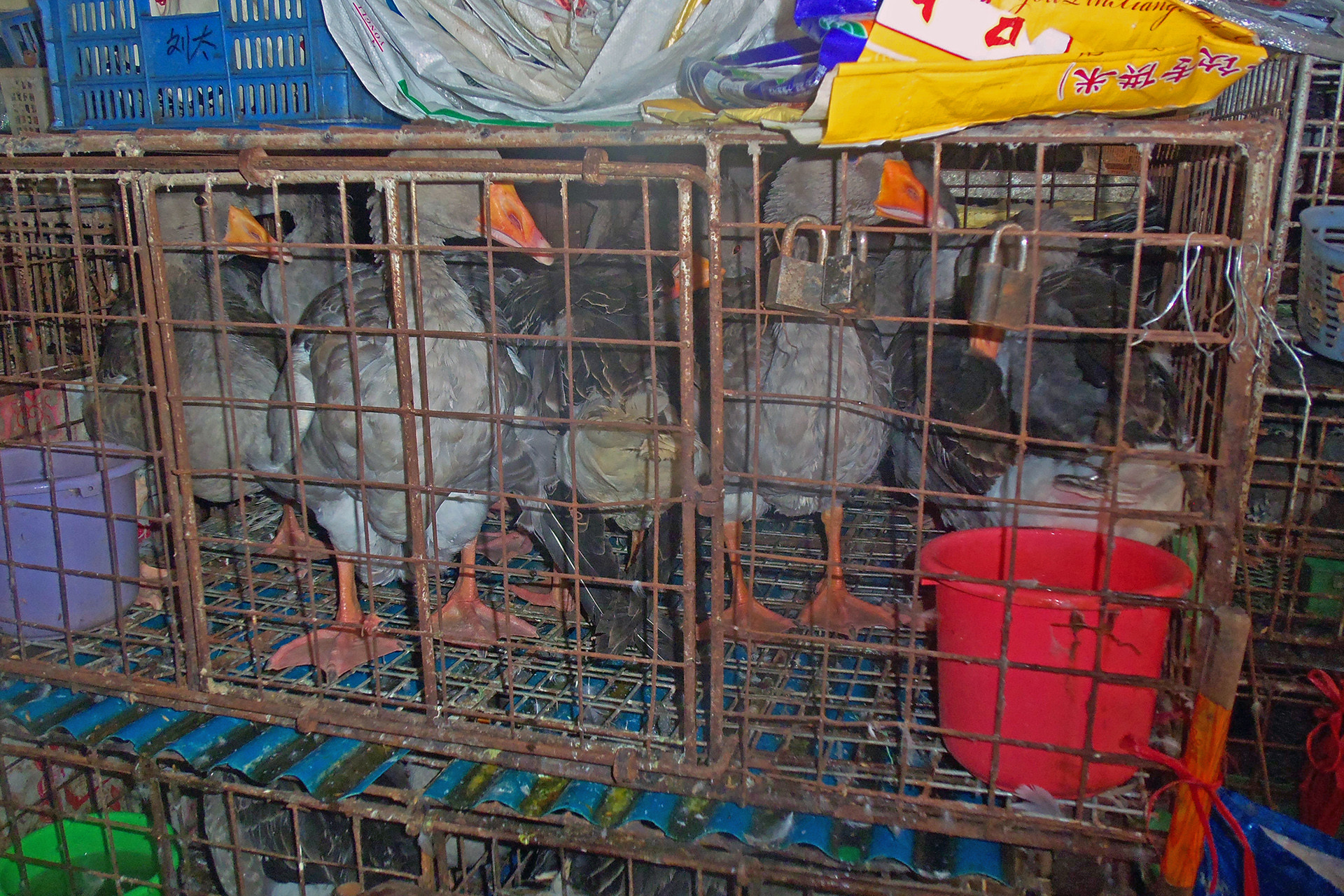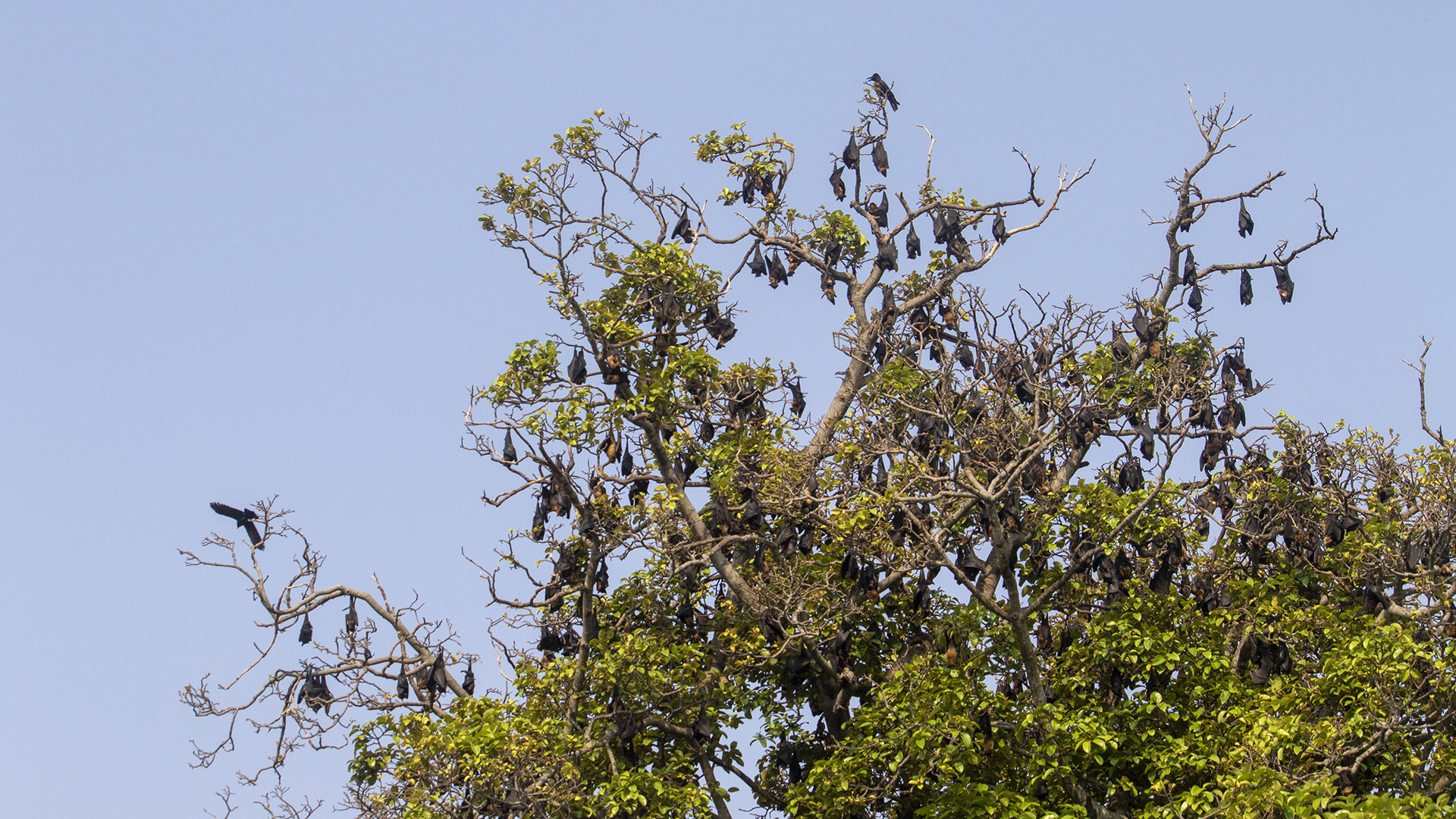This op-ed was originally published in Malayalam on Mathrubhumi, translated by Prasanna Varma.
We are faced with a pandemic. The novel coronavirus, COVID-19, as of this week, has spread across 181 countries and claimed nearly 60,000 lives. Similar epidemics in the recent past point to a new age of emerging infectious diseases; diseases that are newly formed, newly recognised or newly spreading.
How are we combating this current epidemic?
Preventing the spread of infections is currently the prime strategy – good personal hygiene, avoiding meeting large groups of people and avoiding travelling across long distances. Because of the novelty of this strain of the virus, there are, as yet, no antiviral medicines to kill it. Antibodies would likely take a couple of months to be developed and vaccines, perhaps two years.
Instead, once a patient is diagnosed, interventions are aimed at mitigating the respiratory symptoms like shortness of breath, cough and high fever that result from the main infection. We expect that if diagnosed and treated for symptoms, the main infection will die down soon. Most countries are currently running their public health programmes at full capacity and high alert to keep these infections in check. However, several countries, including developed nations like Italy, are falling short of medical infrastructure to contain and treat patients. Commendably, the Kerala government with the help of medical workers, Anganwadi workers and pharmaceutical companies, is making sure that even in this lockdown, good information, prevention supplies and food are reaching citizens.
COVID-19 is not the first emerging infectious epidemic, nor will it be the last. In fact, data from the last two decades allows epidemiologists to predict one new emerging infection each year. Most of these are zoonotic, meaning that they are transmitted from an animal host into humans. Despite all this information, existing methods to combat these infections are reactive and fall short when getting to the root of the problem.
At its very root, how does an infectious disease like COVID-19 'emerge'?
Emerging infections occur because humans disturb the environment in complex ways. This new combination of stresses puts pressures on microbes to mutate and form new variants. Mutated viruses then survive as mild infections in wild animal hosts. The COVID-19 virus very likely started as a mild fever virus in bats in China. The virus from these infected bats possibly came into contact with humans at the wildlife trade markets in Wuhan province. All emerging infections are thus spread at the frontiers of human encroachment into nature.
Why are these infections increasing in frequency?
The reasons have to do with the three stages of emergence – forming the new pathogen, transmitting to humans and spreading across the population. Firstly, mutation rates or the rates at which these viruses are evolving is accelerated with large-scale human impact on the natural world. Viruses can mutate faster if their natural hosts or habitats are disturbed. Further, global stresses like climate change induce the virus to mutate even faster. Secondly, habitat destruction and climate change, the same conditions that allowed the new virus to form, also aid their transmittance into humans. Any process that brings new contacts between humans and remote wildlife has the potential to transmit zoonotic diseases.
Lyme disease, a tick-borne pathogen in the US, Ebola in West Africa and West Nile virus in Sub-Saharan Africa and Zika in the Americas were all similar emerging infections through increased contact between humans and wildlife. Besides habitat destruction, hunting wildlife for bushmeat, for international pet and medicine markets as well as the spread of invasive alien species also can create risks for spreading new infections. Finally, with globalisation, the creation of large and densely populated urban centres and with increased global connectivity, this infection can rapidly spread among humans even across political boundaries.
Along with the infection, as information spreads that it was caused by some wildlife, nature is often seen as the villain. Reflexive action is to kill the problem species or destroy its habitat. Last year, during the Nipah infection in Kerala, many trees were cut down because they served as roosts for bats – the cause of the infection. Environmental destruction to prevent the spread of these infections is not just short-sighted, but also counter-productive. Once their habitats are destroyed, bats would be more likely to use human settlements for roosting, further risking disease spread.
On the contrary, to combat these diseases effectively, public health and environmental goals need to converge. In a simple sense, maintaining a healthy environment and preserving the habitat of these species also prevents them from using human settlements for food and shelter, reducing contact with humans. Further, biodiversity can act as a buffer to prevent the spread of infections into humans. Pathogens are less likely to spread to humans in areas where they have several other species of host animals, like birds, bats and other mammals, in good population sizes. These various host species that have a natural immunity to these infections can survive with the pathogen. So, they can act as reservoirs and “dilute” the risk of infecting humans. Adapting this concept to prevent emerging infections will require focussed experiments. Besides understanding the importance of biodiversity, we also need a detailed understanding of wildlife and human movement across landscapes to predict and prevent disease spread. Collecting and analysing big data on human and animal movement is imperative to make effective early warning systems about the spread of these infections.
The World Health Organisation, in their meeting in Geneva in February, to decide priority areas for COVID-19 research, stressed on the importance of environmental research especially at the human-animal interface, besides clinical and pharmaceutical research. Epidemiology, or study of the spread of the disease was also assigned high priority to create early warning systems for emergence. Such interdisciplinarity is not a naive or impractical ideal; EcoHealth Alliance, an international research NGO integrates the study of environmental health with the study of emerging infections across the world. Their research can then be used for measures like planning green corridors for wildlife while modifying and developing landscapes.
In summary, mitigation efforts against an emerging infectious disease like COVID-19 should not rely solely on the action by the public health and pharmaceutical sector. It will require intervention by data analysts and environmental biologists and collaboration across political boundaries. Given the integrative approach that the World Health Organisation has proposed, researchers and practitioners need to work collaboratively to achieve common goals for environmental and human health. Perhaps simply by retaining the extent and integrity of our natural landscapes, we can truly scrub this emerging menace off our hands.
We thank Rajesh Puttaswamaiah for his insights.






